Date: 16 January 2007
/strong>
Publishing a new report on glass container production, the Waste and Resources Action Programme said the industry could use more de-colourisation chemicals to allow the use of more contaminated glass.
The report came as WRAP launched a new national television advertising campaign under its "Recycle Now" banner last week, specifically encouraging the recycling of glass packaging waste.
Although glass production levels are growing in the UK, the WRAP report warned that the growth will "not however be matched by a similar rise in the availability of good quality colour-sorted cullet from bring sources."
Researchers from Glass Technology Services said in the report that the container industry market for green glass is now "saturated", with extra demand only in amber and clear (flint) glass.
It said the industry believes it can increase the use of recycled glass from around 800,000 tonnes a year to 900,000 tonnes a year by 2008. But for that extra 100,000 tonnes of amber and flint glass to be generated from mixed glass, 280,000 tonnes of surplus green glass would also be generated.
Decolourisation
With Packaging Directive targets to be met in 2008, WRAP is suggesting a rethink on the maximum recycled content for glass. In UK furnaces the current maximums are understood to be around 90% in green and 50% in clear and amber glassmaking.
Green glass contamination is set to become the "defining issue" now in efforts to maximise the use of recycled cullet, the report said.
After 18 months of research including full manufacturing trials under the "Colourite" project", WRAP said it had developed a sampling method to help glassmakers predict the effects of adding more de-colourisers to glassmaking "recipes". The project has also developed a new specification for colour-contamination of processed glass.
Glass Technology Services research manager Dr Nick Kirk said: "The model will give the glass manufacturers the confidence to maximise their cullet additions and its widespread adoption by the glass industry will greatly assist the recycling opportunity for recovered glass."
Read the entire news on the source link below.

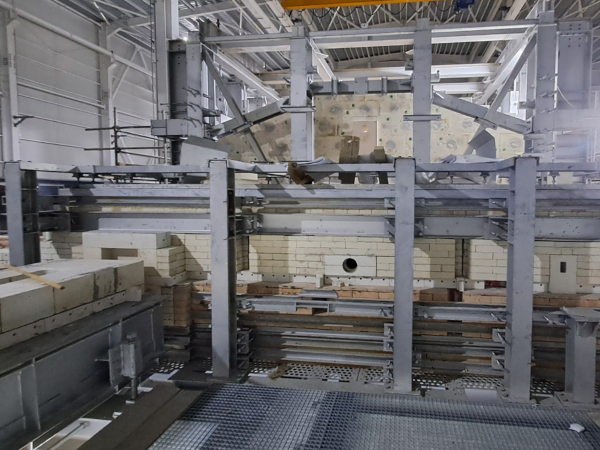
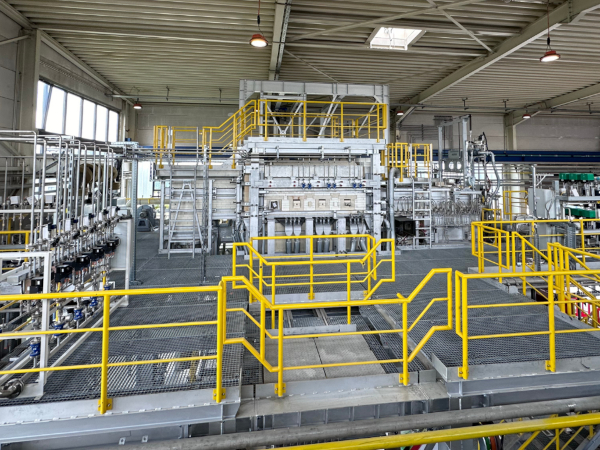
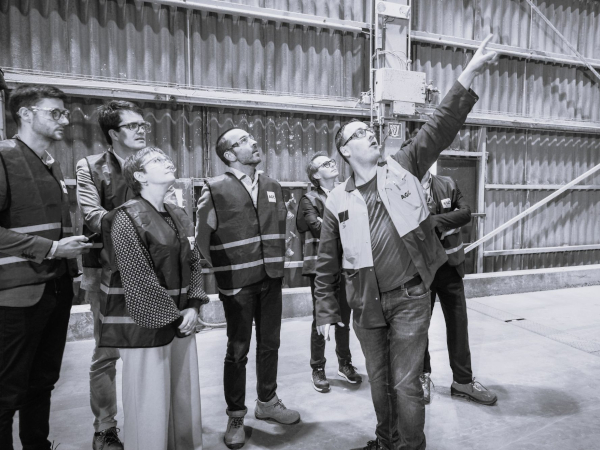

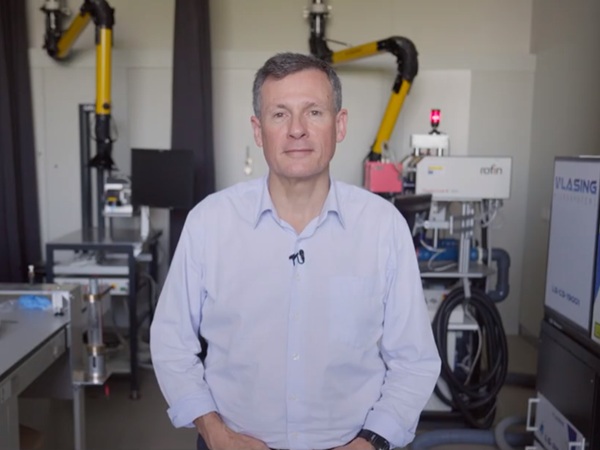
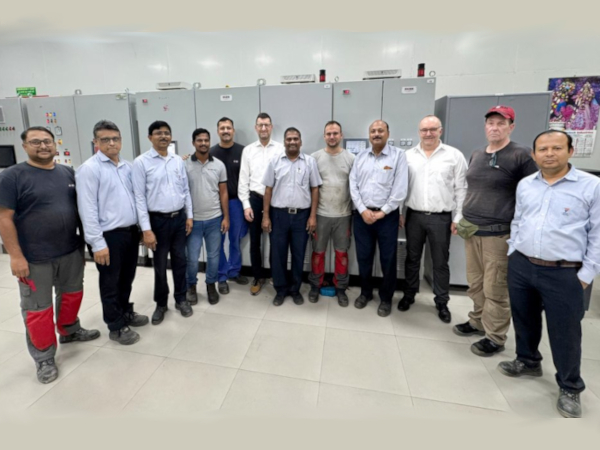
Add new comment